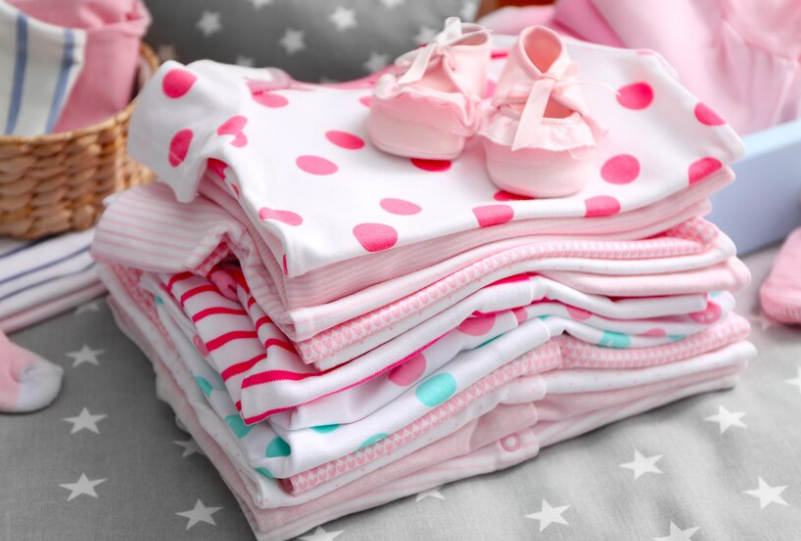Pajamas have been an integral part of our wardrobe for centuries. Over time, their design, material, and purpose have evolved to match societal changes and fashion trends. Here’s a brief look at the journey of pajamas, from the earliest nightshirts to the diverse styles we see today.
- The Humble Beginnings: Nightshirts

Before the two-piece pajamas we know today, there were nightshirts. These long shirts, reaching down to the ankles, were the primary sleepwear for both men and women. Made of simple materials, they were both practical and comfortable for their time.
- Introduction of the Two-Piece

The two-piece pajama set, with a separate top and bottom, originated in the East and was quickly adopted in the West during the 19th century. This design provided more freedom of movement and soon became a popular choice for sleepwear.
- Pajamas Enter Daytime Fashion

In the 1920s and 1930s, pajamas took a bold turn. Inspired by the relaxed fit of pajamas, fashion designers started introducing pajama-style outfits for daytime wear, especially for women. This trend showcased the versatility of the pajama design.
- Materials and Prints Galore

As textile technology advanced, pajamas started being made in a variety of materials, from silk to flannel to cotton. The designs also evolved, with a wide range of prints – from simple stripes to intricate patterns – gracing the pajama sets.
- Modern Day Variations

Today’s pajamas are as varied as one’s imagination. From onesies to loungewear sets, the modern-day pajama caters to every preference. Innovations in fabric also mean today’s pajamas can serve specific purposes, such as moisture-wicking sets for sweaty sleepers or thermal pajamas for colder climates.
Conclusion
The journey of pajamas is a testament to how fashion adapts and evolves with time. From simple nightshirts to a plethora of modern designs, pajamas have always been about combining comfort with style. Whether you’re curling up with a good book or getting a restful night’s sleep, there’s a pajama style out there for everyone.


